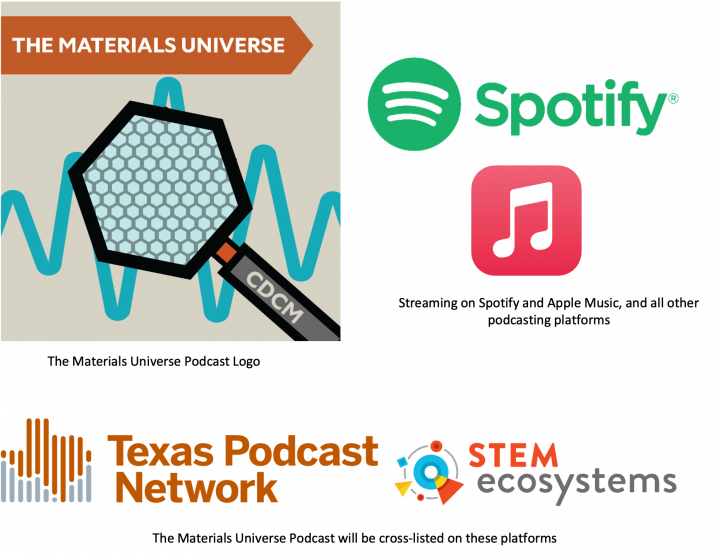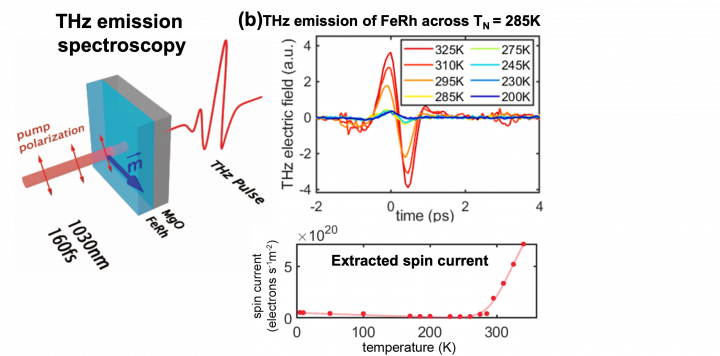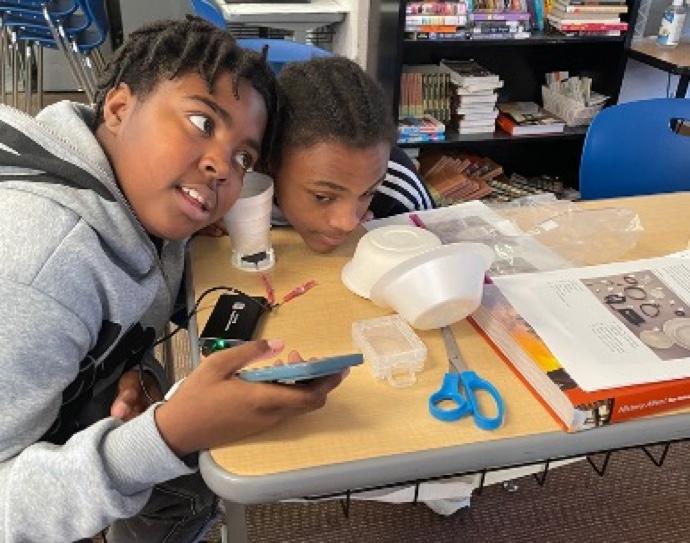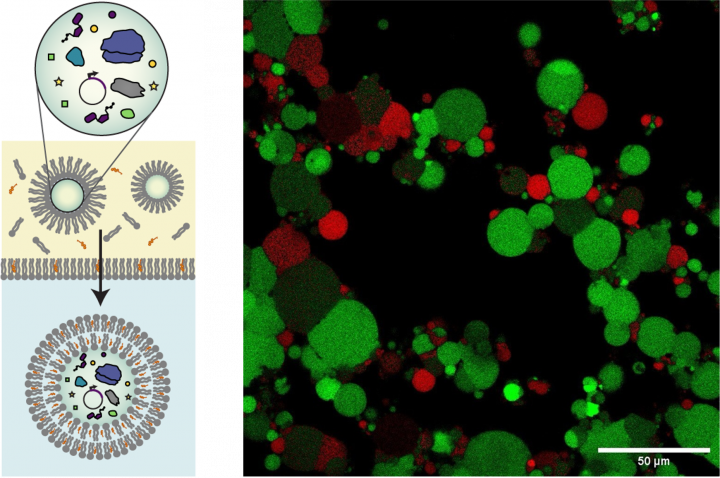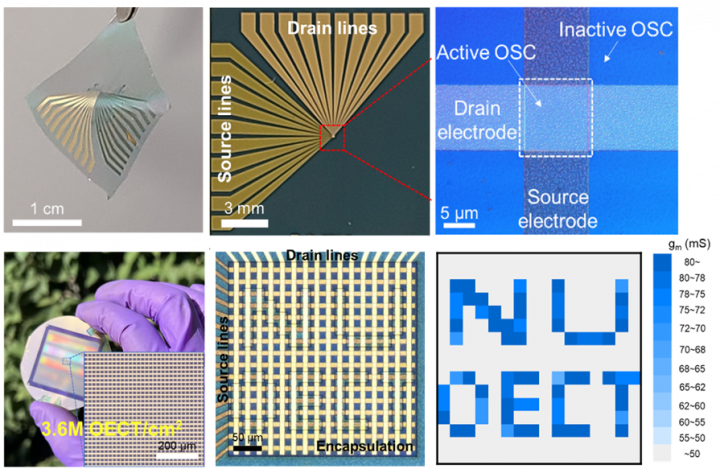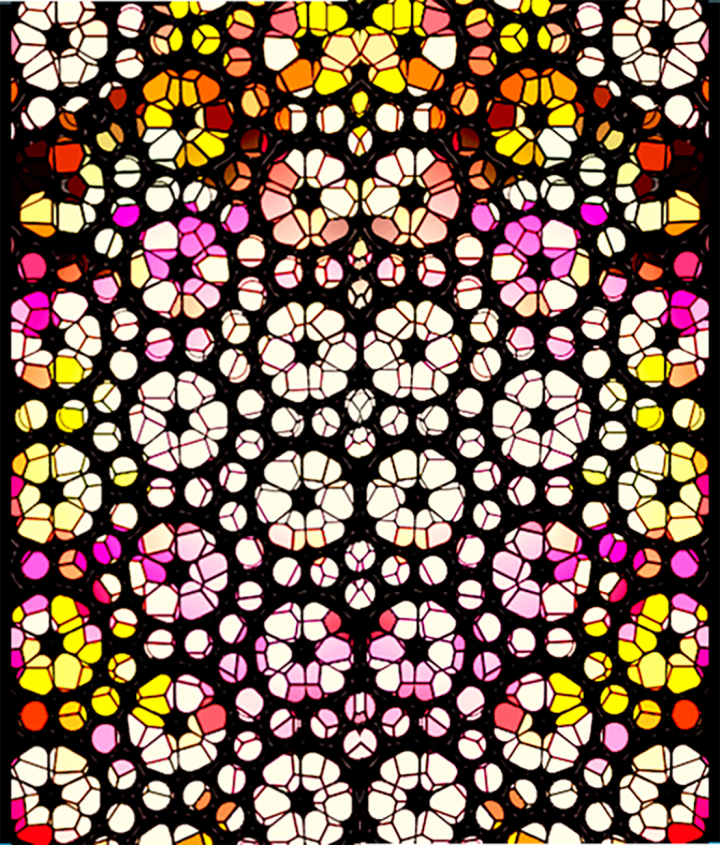UT Austin MRSEC researchers show that ferroelectric polar domains formed in a twisted hexagonal boron nitride (t-hBN) substrate can modulate light emission from an adjacent semiconductor monolayer. The abrupt change in electrostatic potential across the domains produces an in-plane electric field (E-field) and leads to a remarkably large exciton Stark shift in the adjacent MoSe2 monolayer, previously only observable in p-n junctions created by the advanced e-beam lithography tools. Both the spectrum and spatial pattern of the light emission of the monolayer are periodically modulated by the remote moire potential imposed by the t-hBN substrate.


